Workplace Exposure Limits – airborne contaminants - WES and WEL Resources
WES and WEL Resources Australia is transitioning to the Workplace exposure limits for airborne contaminants (WEL list) . Until 1 December 2026, you must still comply with the Workplace exposure standards for airborne contaminants (WES list) . Contact your …
Page last updated:
Workplace Exposure Limits – airborne contaminants - Workplace Exposure Limits – airborne contaminants
Workplace Exposure Limits – airborne contaminants Australia is transitioning to the Workplace exposure limits for airborne contaminants (WEL list) . Until 1 December 2026, you must still comply with the Workplace exposure standards for airborne …
Page last updated:
Airborne contaminants - Information for occupational hygienists/technical experts
Information for occupational hygienists/technical experts I am an occupational hygienist/technical expert. I would like to know about: Changes between the WES and WEL Workplace exposure standards review Changes to WEL - Comparison table … I am an …
Page last updated:
Airborne contaminants - Workplace exposure standards/limits
Workplace exposure standards/limits What are workplace exposure standards (WES) or workplace exposure limits (WEL)? Australia is transitioning to the Workplace exposure limits for airborne contaminants (WEL list) . Until 1 December 2026, your work must …
Page last updated:
Airborne contaminants - WHS rights and obligations
WHS rights and obligations This can be done by ensuring that you or others at the workplace are not exposed to levels of airborne contaminants above their workplace exposure standard (WES) or from 1 December 2026 their workplace exposure limit (WEL). Your …
Page last updated:
Airborne contaminants - Information for workers
Information for workers You could be exposed to airborne contaminants during activities such as: construction excavation tunnelling , quarrying and mining use of inorganic pesticides and herbicides use of machinery or equipment that generates dust or …
Page last updated:
Airborne contaminants - Workplace exposure standards/limits
Workplace exposure standards/limits What are workplace exposure standards (WES) or workplace exposure limits (WEL)? Australia is transitioning to the Workplace exposure limits for airborne contaminants (WEL list) . Until 1 December 2026, you must still …
Page last updated:
Airborne contaminants - WHS duties for airborne contaminants
WHS duties for airborne contaminants I would like to know more about: General duties As a person conducting a business or undertaking (PCBU), you must eliminate or minimise risks in the workplace from airborne contaminants so far as is reasonably …
Page last updated:
Airborne contaminants - Information for PCBUs (employers)
Information for PCBUs (employers) Workers can be exposed to airborne contaminants during activities such as: construction excavation tunnelling , quarrying and mining use of inorganic pesticides and herbicides use of machinery or equipment that generates …
Page last updated:
Incident notification - Incident notification requirements under the model WHS Act
Incident notification requirements under the model WHS Act A decision to review WHS incident notification requirements under the model WHS Act was an outcome of the 2018 Review of the model WHS laws. This was to ensure: the provisions meet the intention …
